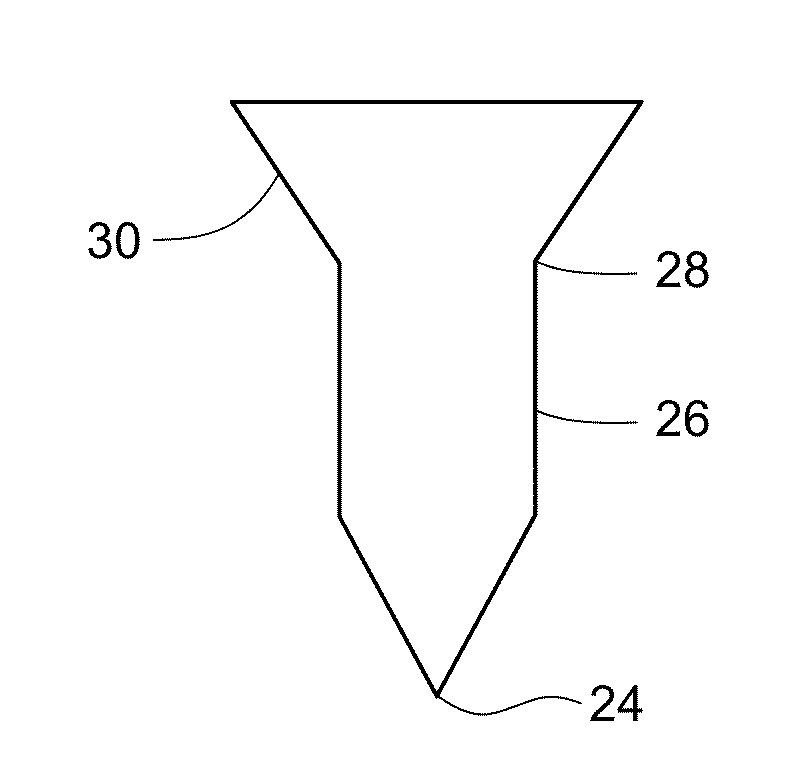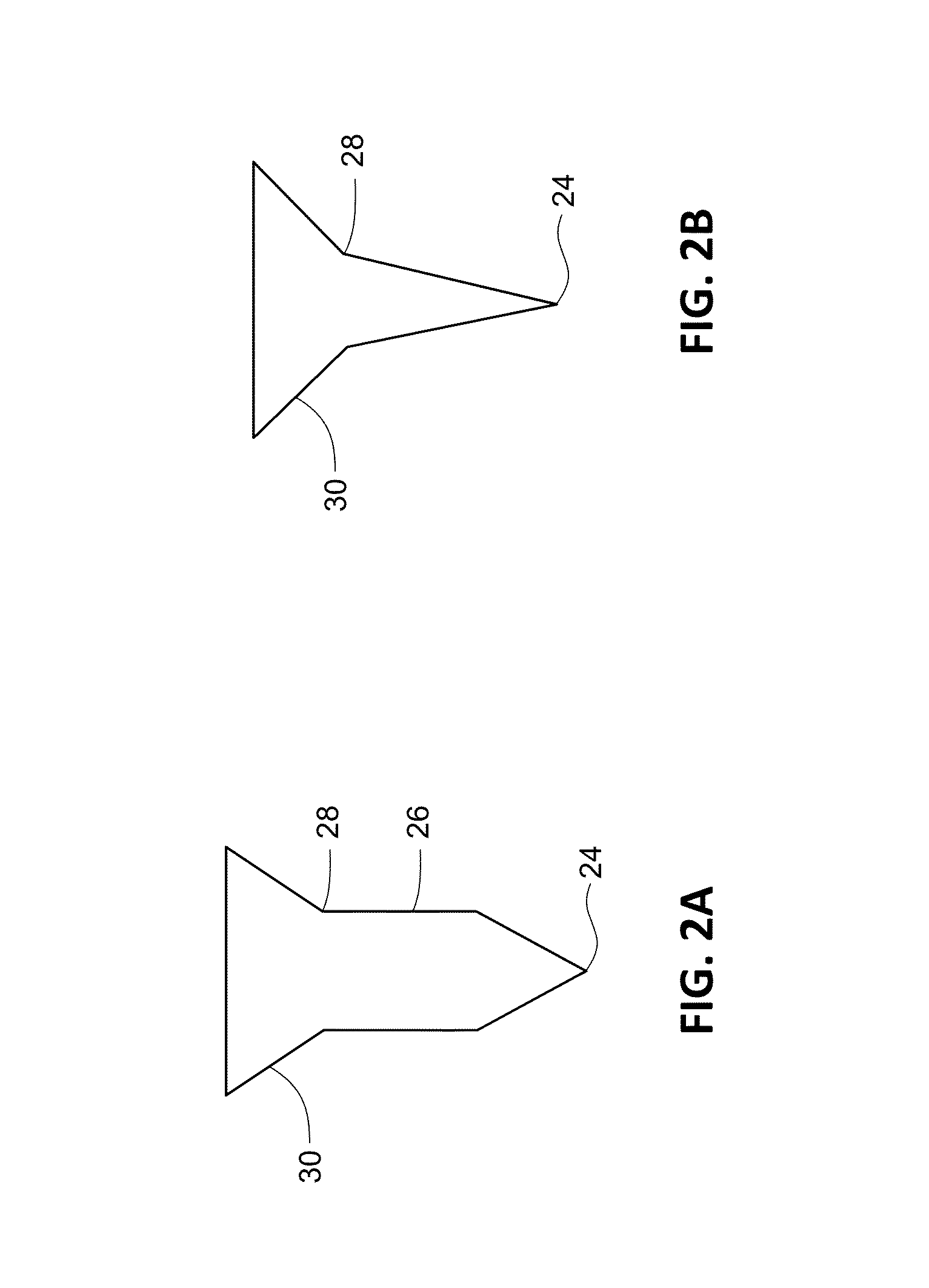Microarray with polymer-free microstructures, methods of making, and methods of use
a microarray and polymer-free technology, applied in the field of microarrays with polymer-free microstructures, methods of making, and methods of use, can solve the problems of gastrointestinal degradation, difficult drug candidates for delivery of proteins, and repeated administration of drugs,
- Summary
- Abstract
- Description
- Claims
- Application Information
AI Technical Summary
Benefits of technology
Problems solved by technology
Method used
Image
Examples
example 1
Formulating a Microstructure with a Monoclonal Antibody
[0102]A solution containing a monoclonal antibody is mixed with a stabilizing excipient such as sucrose or trehalose to form an antibody concentration of about 50 mg / ml to 100 mg / ml. To create a solution with a monoclonal antibody concentration greater than about 100 mg / ml or 200 mg / ml, the solution is lyophilized, then reconstituted with water for injection (WFI) containing a surfactant such as sorbitol for drug-in-tip (DIP) formulations for casting microstructures.
[0103]About 75 μL of liquid DIT formulation is dispensed on a silicone mold, covered with a 22 mm×30 mm glass cover slip to spread the formulation on the mold, and then pressurized for 1 minute at about 40 to 60 psi. The formulation is then wiped and the mold dried in a chamber with about 80% to 90% relative humidity (RH), at room temperature for about 10 to 15 minutes. The mold is then incubated for about 30 minutes in an oven at about 30° C. to 35° C. A polylactide...
example 2
Monoclonal Antibody Stability within the Microstructure
[0106]Effects of the microstructure formulation on stability of the monoclonal antibody are assessed by measuring oxidation of methionine residues in the monoclonal antibody. This is done by Lys-C proteolytic mapping using reverse phase HPLC.
[0107]Monoclonal antibody is extracted from the microstructure by submerging the microstructure in 20 mM acetate buffer with 0.05% Tween 20 for approximately 1 hour on a low speed shaker. The extraction is analyzed by Lys-C proteolysis and size exclusion high performance liquid chromatography (SEC-HPLC) for monitoring aggregation.
[0108]Changes in in High Molecular Mass species (HMMs) and methionine oxidation are monitored over 4 weeks at 5° C., 25° C. and 40° C. If the monoclonal antibody remains stable when formulated as described above, there will be no significant increase in HMMs of the monoclonal antibody, compared to the initial material (API bulk).
example 3
In Vitro Skin Penetration Efficiency
[0109]Experiments are performed to assess the mechanical strength and penetration efficiency of the microstructure arrays formulated as described in Example 1. In vitro performance is characterized by the microstructure array's ability to penetrate excised pig skin as compared to a microstructure array fabricated using structure-forming polymers.
[0110]Full-thickness pig skin is excised from the abdomen and then clipped and shaved to remove hair bristles. Microstructure arrays are applied to shaved skin sites using a reusable application and held by hand in situ for about 5 to 15 minutes. Application sites are stained and photographed to visualize the microstructure penetrations. Penetrations are quantified using a custom developed image analysis program. Skin penetration efficiency (SPE) is then calculated based on the theoretical number of microstructures expected for the constructed microstructure array as follows:
%SPE=100×(no. penetrations / no. ...
PUM
| Property | Measurement | Unit |
|---|---|---|
| temperature | aaaaa | aaaaa |
| partial pressure | aaaaa | aaaaa |
| molecular weight | aaaaa | aaaaa |
Abstract
Description
Claims
Application Information
 Login to View More
Login to View More - R&D
- Intellectual Property
- Life Sciences
- Materials
- Tech Scout
- Unparalleled Data Quality
- Higher Quality Content
- 60% Fewer Hallucinations
Browse by: Latest US Patents, China's latest patents, Technical Efficacy Thesaurus, Application Domain, Technology Topic, Popular Technical Reports.
© 2025 PatSnap. All rights reserved.Legal|Privacy policy|Modern Slavery Act Transparency Statement|Sitemap|About US| Contact US: help@patsnap.com



